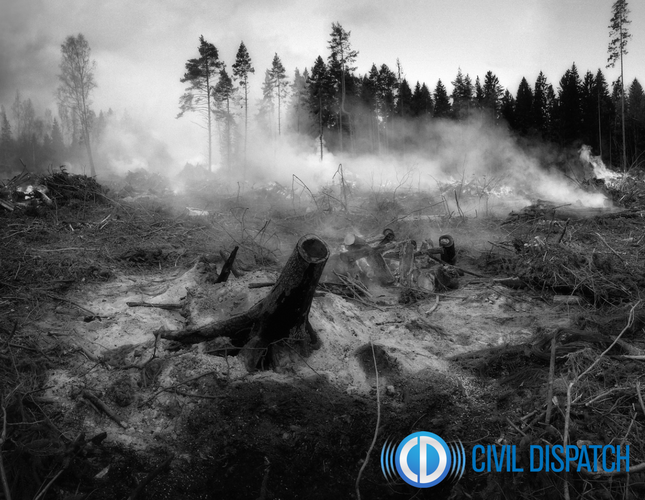
With firefighters fighting the recent wildfires on the west coast, Wildfires are impacting millions of Americans Wildfires are a serious threat and in 2016 alone, wildfires have destroyed over five million acres of land. They can destroy a large area and can quickly get out of control, but, in most cases, you can prepare for these wildfires well in advance.
Wildfires can spring up from cigarettes, matches, sparks, or campfires and humans account for about 90% of these fires. No one wants to be caught out in a wildfire, especially alone.
Here’s everything you need to know about surviving a wildfire:
What Do You Need To Know About Wildfires?
When given the right weather and wind conditions, wildfires can move quicker than we can stop them. Wildfires can overtake and cut off roadways, which makes it almost impossible to outrun these wildfires. The fire that is in front of you, might not be the only fire and there could be more on the way. Beware of fire tornados as they can sprout out of nowhere and wildfires can bring hurricane force winds to the area.
What Can You Do To Plan For A Wildfire?
Just like any other disaster, you need to create an emergency plan and an emergency kit for your family. Place your kit in a safe spot and remember to include important documents, medications, and personal identification for every member of your family or household. Plan two ways out of your neighborhood just in case your main point of exit is blocked by fire and designate a meeting place for your friends and family. Once your start your evacuation, keep calm and DO NOT PANIC. Wear long-sleeved clothes to protect your face and body from heat and falling debris. Shut off all gas appliances in your home as well as the main gas valve to your home.
What Can You Do To Escape From Wildfires If You’re Trapped?
- If you can choose downhill routes, do so. Fire tends to move faster uphill because of updrafts.
- Stay away from areas that are dry, such as dead leaves, dry fields, and areas with dead trees. If you must take a route that goes through a forest, pick one that has more leafy trees than pines.
- If there is no hope of escaping, seek shelter in the ground. Sometimes out distancing a fire is impossible and this becomes a better option for you.
- If you do have time to evacuate, choose cotton clothing. Nylon clothing has a low melting point, so if you were to end up near fire or intense heat, nylon could melt. Nylon clothing can exacerbate burns on your skin or cause them when they melt.
- If you are near water, try to submerge as much as possible. Avoid coming to the surface while the fire passes.
- After the fire passes you, proceed upwind, against the direction of the fire.
- Seek emergency help as soon as possible. You could have thermal burns that need to be treated, you may be dehydrated, and/or you may have inhaled smoke.
How Can You Protect Yourself From Wildfires If You’re Trapped In A Car?
If you find yourself caught in a car during a wildfire, stay calm and park your vehicle in an area that is clear of vegetation and close all your vehicle windows and vents. Cover yourself with a wool blanket or jacket and lie on the floor. Use your cell phone to call 911.
How Can You Protect Yourself From Wildfires If You’re Caught In The Open?
If you are caught in the open during a fire, the best temporary shelter is in an area that is without fuel or fire. This could be on a steep mountainside, the back side is your safest option. If there is a road nearby, lie face down along the road or in a ditch. Cover yourself with anything that will shield you from the heat.
What Should You Do After A Wildfire?
Don’t return home until you are told to do so by authorities. Check your roof and attics for any hotspots or sparks and extinguish them immediately. You should continue checking every few hours for a day or so. Use caution when entering buildings and avoid any standing water, it could possibly have an electrical charge.
If you haven’t already, sign up for text alerts from Civil Dispatch and receive alerts about threats and severe weather in your area.